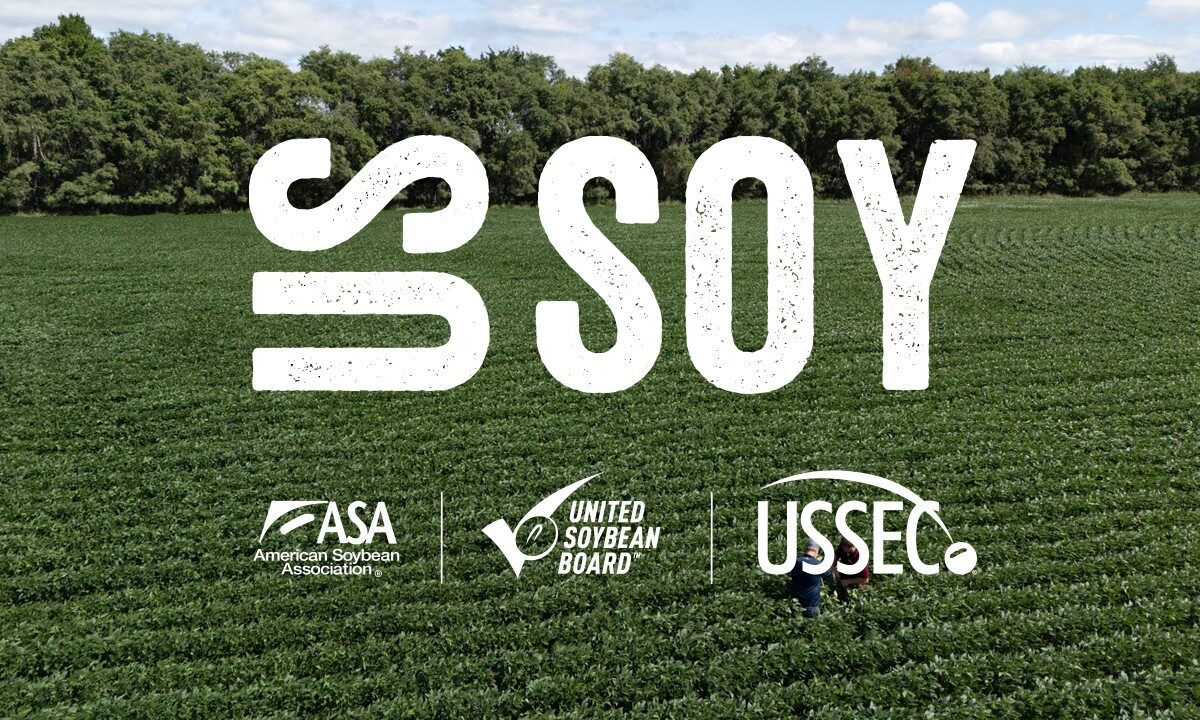Digging Deeper: Strategically Investing in a Key Supply Chain Link

The soy checkoff’s commitment to improve market conditions for farmers hit a new bottom in 2019 — the Mississippi River bottom. The United Soybean Board approved checkoff funding to support planning, design and research needed for a critical improvement to our infrastructure system near the Port of New Orleans.

“Every decision we make with checkoff dollars is led by the driving interest to improve market opportunities for U.S. soy,” says Keith Tapp, immediate past chair. “Calculations show that deepening the Mississippi River shipping channel shows the potential to improve global competitiveness and capabilities, which in turn makes it easier to deliver our product to customers and enhance farmer profitability.”
The project provides funding for the environmental studies and assessments that set the foundation needed before construction planning and dredging can take place to improve the draft of the lower Mississippi River from 45 feet to 50 feet.
According to a report by the Soy Transportation Coalition, the change of 5 feet would increase the competitiveness of the leading export region for U.S. soybeans. China and other Asian buyers want larger volumes and the resulting lower freight rate. The report concluded that deepening the channel to 50 feet will allow a load increase from 66,000 metric tons to 78,000 metric tons, saving upward of $20 per metric ton when loading greater volumes onto one ship. The savings are expected to translate to a 13 cents per bushel improvement in cash basis extending 205 miles from the river and pay out less until 246 miles, impacting 72% of U.S. soybean production and generating an additional $461 million in U.S. soybean farmer revenue per year.
“During this challenging period, soybean farmers are aggressively trying to increase our competitiveness,” says Mike Bellar, a soybean farmer from Howard, Kansas, and chairman of the Soybean Transportation Coalition. “Funding from our checkoff will help improve our No. 1 export region of U.S. soybeans. It will remain critical for the STC, American Soybean Association and the individual state soybean associations to continue to promote this project at the federal and state levels.”
The checkoff will provide $2 million to offset the planning and research costs related to the dredging project. The American Soybean Association, STC and several state soybean groups are also partnering to carry the project beyond the checkoff’s initial investment. The physical work to dredge the river would ultimately be paid by state (25%) and federal (75%) governments. Project work will begin in this year as federal funding has been appropriated for this work in the Army Civil Works FY2020 Work Plan .
It’s well-established that farmers located in closer proximity to the nation’s inland waterways and barge transportation enjoy a positive or less negative basis versus those growing in areas further removed. As a rule, the less costly and more efficient the supply chain is for farmers delivering their soybeans, the higher value a farmer will receive for the bushels of soybeans produced. The research report also identifies a positive impact on interior basis — the difference between the local price a farmer receives and the market value established by the Chicago Board of Trade — for soybeans in 31 states if the lower Mississippi River shipping channel is dredged.
“If I had to select a single infrastructure enhancement that would provide the most benefit to the greatest number of U.S. soybean farmers, deepening the lower Mississippi River would be my choice,” says Mike Steenhoek, executive director of the STC.
Even farms farther away from the Mississippi will benefit from the increased modal competition between rail and barge resulting from dredging. When modal competition increases, a downward pressure on shipping rates will often occur, which means improved basis.
“The Mississippi River is the top exit spot for U.S. soy,” says Tapp. “Maintaining and expanding our international customers will require enhancing each link in the supply chain. This is a great example of the entire soy industry working together to reach a shared goal that carries significant benefits for all farmers.”



